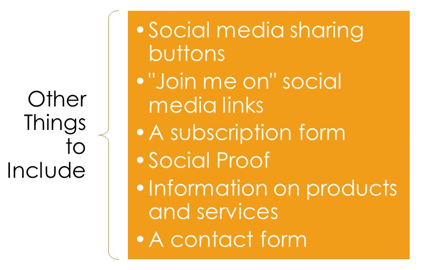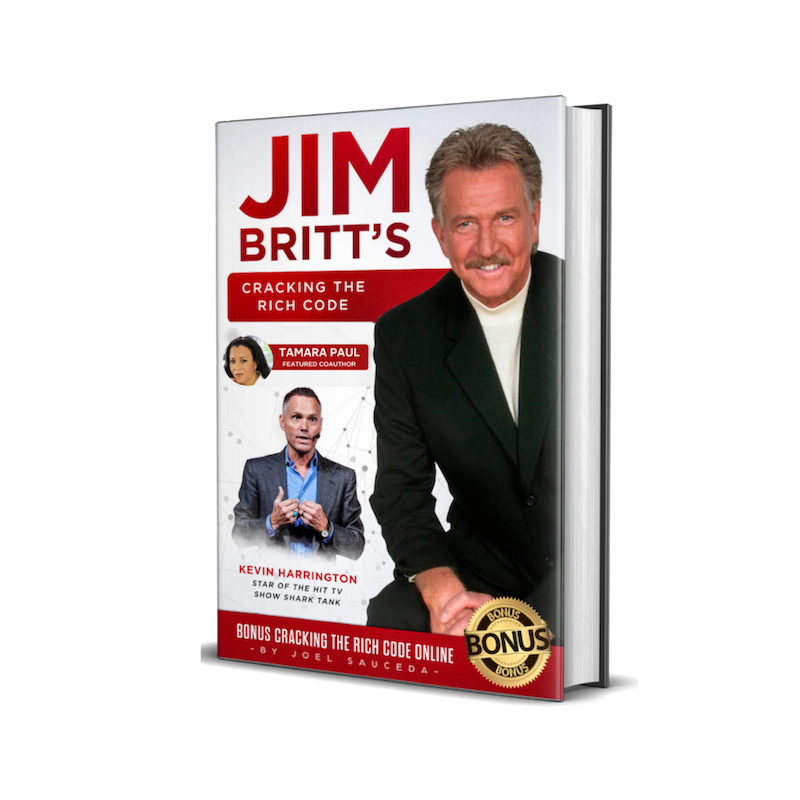Welcome to
Website Content MasteryCreate web pages that convert
Module Four
Create a Magnetic Blog That Keeps Readers Coming Back
The purpose of your Blog page is to provide content that will engage visitors and get them to read more. This content builds your reputation for expertise in your field. You share your knowledge here, and this is evident to anyone who reads your blog.
Your blog also serves as a magnet for search engine traffic. By posting new content regularly, you’ll bring more search engine traffic to your site. It’s also one more good point of contact you can have with your customers and site visitors.
What Is a Blog Page and Why Is It Important?
Your Blog page is the home page of your blog. It includes your most recent posts as well as an archive of posts that have come before. Visitors can browse through the latest entries or they can search for specific topics from the past.
Your Blog page is important for a couple of reasons. First, it serves as a repository for all of your knowledge and expertise in one place. You can direct people to your blog when they want to learn more about a specific topic, or use it to address topics that are commonly discussed.
The other important function your Blog page serves is that it allows your site to grow. You may make some changes or update other parts of your website as necessary, but there won’t be major changes. However, your Blog page allows you to post fresh content regularly. The other pages are all about conciseness and keeping it short, but on your blog, you can go in-depth into topics that really matter to your visitors.
Another advantage is that your content, here on your blog and elsewhere as well, establishes you as a thought leader. You become an expert in your field, which helps to bring you more readers, more visitors, and ultimately more customers.
There are SEO benefits because when you add new content, you add content that Google and other search engines can index. You can write around good high-traffic keywords that will help to bring more search traffic to your site. You can also use your blog as part of your backlinking strategy by linking to products, your social media profiles, other sites, and more. In fact, you can sell directly through your blog.
Why You Might Not Want a Blog Page on Your Website
There are a few reasons why you might not want to add a blog to your website. One is that it’s better to have no blog on your site than a bad blog. You may choose not to include a Blog page if:
- You can’t update it regularly
- You can’t write or don’t have the resources to hire someone to write it for you
- Your blog offers nothing new or original
- The tone of your blog doesn’t match the rest of your website
- Your blog is overly promotional
If one or more of the bullet points above applies to your blog, you may not want to include it, but it’s better to invest in making the improvements necessary because of all of the advantages a Blog page offers.
Another reason you may not want a Blog page on your site is if your brand or company is maintaining a blog somewhere else. This other blog may already have brand recognition or a following, in which case you don’t want to start from scratch. If it’s already associated with your company, you may instead want to simply link your blog and website, rather than put a Blog page on the site.
Elements to Include on Your Blog Page
Your blog should have a title and a headline that clearly describe you and your blog. Visitors should be able to take this in at a glance. It’s helpful if in some way it describes the benefits of reading your blog; for example, your headline might say something like, “The latest tips on (your topic) to help you succeed at (your visitors’ goal).”
Somewhere on your Blog page, such as in the sidebar, there should be a profile of you or the writer of your blog (if it’s someone within your organization). Go for the personal touch here and include an appropriate headshot of you or the writer. The bio should give some personal details and also explain the writer’s expertise; in other words, why you should read the blog (“Bob has been running a successful plumbing and waterproofing business in southern New Jersey for 20 years”).
Each post should have a call to action. If you don’t include one, you’re missing out on a great opportunity. Even if the call is to read more, check out the other pages of your website, or connect with you on social media, you should take advantage of this opportunity.
Create categories for your posts. For each post, choose to which category it will belong. Use tags as well. Tags make your posts searchable. Categories and tags make it easier for visitors to find the topics they’re looking for.
One element you should consider is commenting. The advantage of commenting is that it allows your readers to get involved, and it also gives you a direct line of communication with them. The downside is that you have to moderate comments regularly. You may get negative comments, trolls, and spam.
There are some elements you might consider putting on your Blog page’s side bar. These are good elements for the side bar because you don’t want them to distract from the main part of your page, which is the blog content itself.
Things to include are:

- Social media buttons so that people can share your content easily
- “Join me on” social media links
- A subscription form for readers to subscribe to your blog
- More social proof in the form of reviews, testimonials, or social media activity
- Information on products and services
- A contact form where people can reach you directly from the Blog page
Your Blog Page Style Guide
With your blog, cover topics that are interesting to your visitors. If you’re not sure what’s interesting, conduct some research. Look at popular posts on blogs in the same niche. Consider commonly asked questions. Every question you’ve been asked by a customer is a great potential blog post topic. Look at forums and social media sites to see what people are talking about. Another idea is to write a commentary on some news story related to your industry.
Aside from purely informational content, you can also blog about your company, its people, and its products. Showcase a new product or write about a change in your company. Take the reader behind the scenes in how your company or industry works. It’s good to write about your company some, but make most of the content informational.
Since one of the advantages of blogging is its SEO benefits, you should try your best to incorporate relevant keywords. Find high-traffic, relevant keywords that the visitors you want will be looking for. If possible, use these keywords in titles and headers. Use wherever you can but keep it natural.
Write using small paragraphs with headers to separate different topics within one post. The idea is to make sure the text isn’t dense or too wordy. People are intimidated by huge chunks of text, especially on a computer screen where it can be difficult to read. Make the font big and choose colors that are easy on the eyes.
Here are some examples of excellent Blog pages:


Activity:
- After reviewing the module, determine if you should have a blog page on your website and if you do, draft an outline of the components you’ll include on the main Blog Page.
- If you already have a blog on your site, review it based on the guidelines in this module and note where you need to add or make changes.
Cracking the Rich Code
"Whether you’ve been stuck on the sidelines waiting for the “right time” to launch your business or struggling to “generate” the life changing results from your business- This is your time to start saying “YES” to opportunity and “NO” to the noise. 100% of us entrepreneurs need answers and solutions. Join me to get updated on what it takes to prepare yourself and stay ahead of this changing business world."



